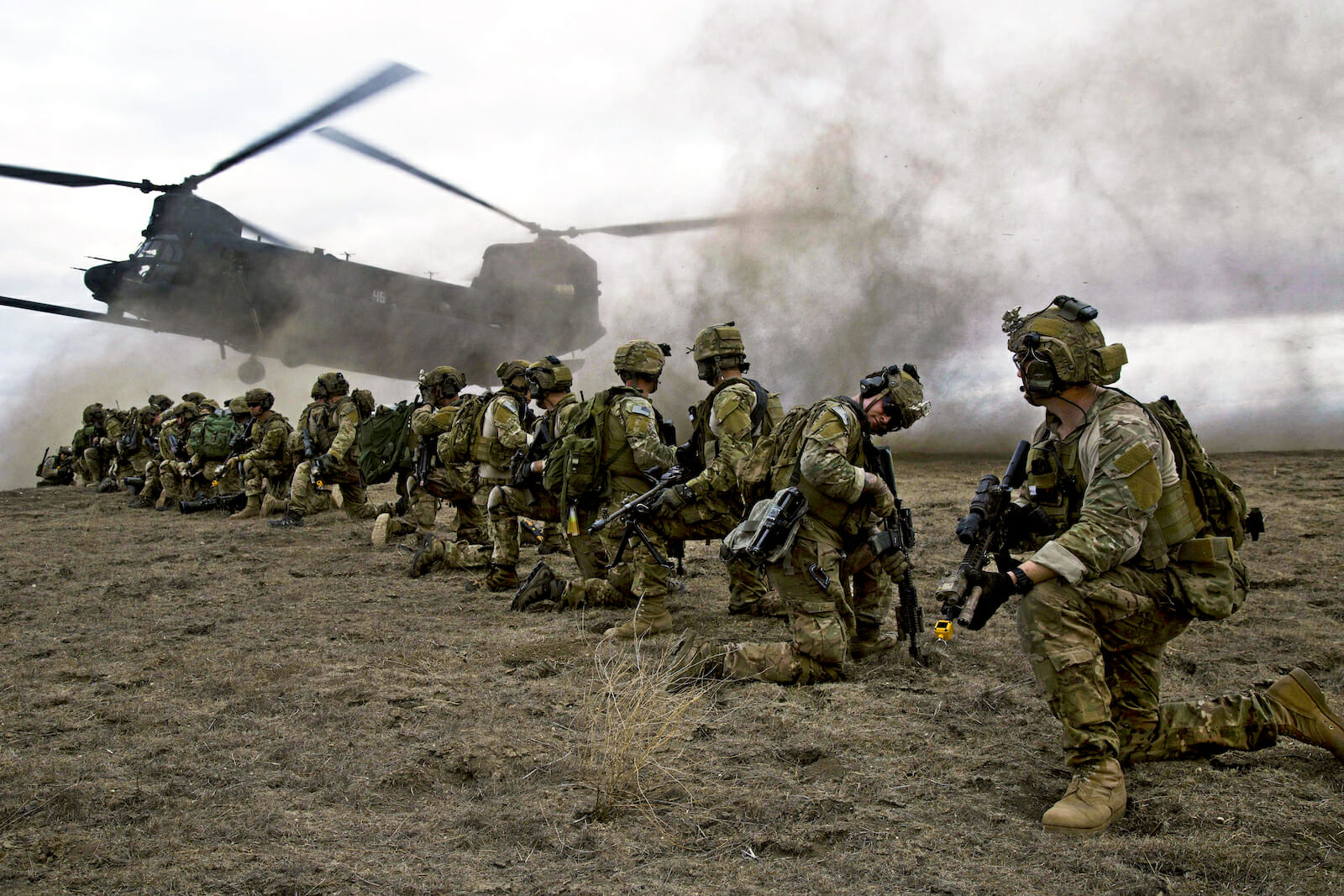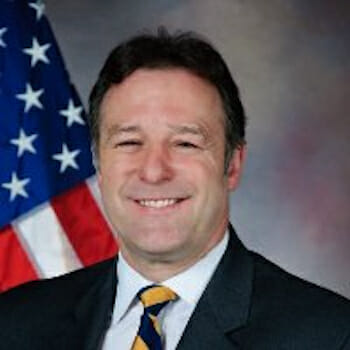
War by Proxy: Multi-Polar Cold Wars
New War Theorist scholars have tried to identify and predict new lines of international conflict following the fall of the Berlin Wall on November 9, 1989, the subsequent collapse of the former Soviet Union and the end of the Cold War.
No longer did explanations of bipolarity, proxy wars, and spheres of influence explain the types of conflict that dominated news headlines. Instead, classroom discussions began to be peppered with different terms, like hearts and minds, non-state actors, and economic globalization. We love to put war in boxes to help define it, teach it and fight it, so War Colleges began to consider whether Martin Van Creveld, Mary Kaldor and/or Rupert Smith had more relevance in the classroom than Karl von Clausewitz, Sun Tzu, and Mao Tse Tung. But have we gone too far in our shift in perceptions? Is there a limit to what “new war theory” can explain?
The problem is that – as John Lennon sort of said once – war is what happens to you when you are busy making war plans. And while we’ve been busy trying to put existing conflict in boxes that we can understand, new conflict continues to pop up and it defies our desire for a linear framework. We suggest that 9/11, the so-called Arab Spring, the rise of new world powers and the awakening of old powers, drives a need for a re-think. We offer a solution that new-new war is “War Among the Proxies: Multi-Polar Cold Wars.”
Broadly speaking, the primary difference between the new and old war theorists is found in how they propose to deal with the enemy. Old war theorists seek to confound, while new war theorists seek to convince.
Ultimately these differences are born out of new answers to the same questions – whether we deem them old or new, we universally seek to answer three key questions: Who is fighting? What is the objective? How shall we fight? Before the fall of the former Soviet Union, it was easy to recognize that fights generally occurred between states who sought dominance over other states, and success was measured by territorial control.
But since the former Soviet Union fell, the answers have shifted. Martin Van Creveld told us that non-state actors are as much of a threat as state actors. Rupert Smith taught us that our objectives are not territory and dominance, but hearts and minds. And as Mary Kaldor has pointed out that these new conflicts are synergistically fought in a vast and interconnected economic global arena. In the case of post millennia American engagements, this is most frequently conducted as limited hard power engagement coupled with extensive emphasis on the persuasive power of strategic narratives. We contend that the emergence of the popular movements in the Middle East and the uneven response from new and historic global powers, suggests it is time to review the lines that divide the old and new war theories and approaches.
The restraint and unevenness that America has applied to intervention and support of popular uprisings in the Middle East is reminiscent of Cold War America’s unpredictable record of support – moral or otherwise – to opposition groups in former Soviet Union states. The difference, of course, between now and then is that American strategic decisions are not being made in the context of a world divided into two clear spheres of influence. Instead, American strategy must now account for a polarity of spheres. And so America finds itself measuring action in Syria against the Iranian sphere, developments in Europe against the Russian sphere, trade in the Indian Ocean region against competitive Chinese and Indian spheres, and so on.
But why, in the face of clearly advancing and often competitive interests from other states, is America more reluctant than ever to extend the reach of its power? Reagan fought tooth and nail to bring down the Berlin Wall and was prepared to escalate as far as necessary, even to nuclear holocaust, to win. Irrespective of what he may have done to defeat the threat, the then enemy believed he would not stop until victory was achieved and that was enough to secure the collapse. For a variety of reasons, the American response to 9/11 was viewed as similarly punchy and the subsequent actions in Iraq and Afghanistan indicative of a common American ongoing unrestrained offensive theme.
The collapse of dictatorships within the Arab Spring transitions are on a par with the collapse of the former Soviet Union in that they allowed previously unrepresented people an opportunity to take control. For the former Soviet Union, the satellite states were unrepresented, for the Arab Spring transitions it was and still is the citizens themselves. In both cases, the principle is the same and the instability thus caused, very much the same. What is arguably different is the response of America and its world influence.
The rapid advancement of globalization since the fall of the former Soviet Union has ensured that “taking over the world” is no longer a viable strategic aim for any country, and yet conflict has not stopped as a result. We suggest this is because legitimacy has come to supplant territory in the role of boosting security. The result is an interesting hybrid order of old and new wars wherein states still engage other states, but with legitimacy as the objective rather than dominance and geography.
Because legitimacy, not territory, is the objective, none of the new major powers, including America, will risk easily a toe to toe all-out war because that would guarantee their demise: it would cripple them economically and disturb their domestic support. So while all are in effect engaged in cold wars against one another, the actual battle occurs through proxies as each wrestles indirectly for influence versus one another. We have seen this for America with their funding of the opposition in Syria, driving intervention in Libya, ordering Mubarak out of office, supporting the GCC to counter-terrorism in Yemen and also through American support to the Lebanese Armed Forces to counter Hezbollah. India is fighting a proxy war with China in the Indian Ocean region as with and against China it supports minor states with bases and equipment. Iran is meddling in Yemen, Syria, and Iraq and also saber-rattling with Israel. Russia is heavily engaged supporting the Syrian regime and has most recently annexed Ukraine.
The multi-polar power future may evolve to these 5 nations carving the globe into their segments yet maintaining, supporting and encouraging instability on the boundaries with one another. War among the proxies will prevail and so will a situation of a cold war between these major states. While this time the number of players, the objectives and the method of fighting will be different than they were in the American-Soviet Cold War, we will still see battles drawn out through proxies rather than among the states themselves.
So does the Defense Strategy of America match these threats? Clearly we need to retain a nuclear and conventional deterrent to hedge against an unlikely all-out war and to deter non-state actors, but we also need to maintain and foster our capabilities countering terrorism as much as countering insurgency and – less intuitively – our state-building capabilities and capacities through stability operations and less direct engagements. Now is therefore not the time to reduce our forces when in fact the threat is growing. Now is the time to shape our forces for a multitude of threats and not just bet on futures that appear unrealistic and will ultimately put us at risk. The remaining key question to answer, is who stands to “win” this new-new old war? Will it be one of the five big states muscling for legitimacy? Or will it be citizens with the power to grant it? Unpopular as it is in a world of constrained resources, America must be prepared to deal with both.
The views expressed in this article are those of the authors alone and do not represent the official policy or position of the National Defense University, the Department of Defense, or the U.S. Government.


